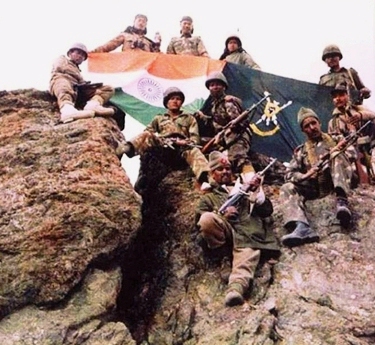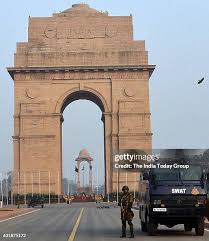Kargil: Understanding Its Historical Importance and Relevance

Introduction
Kargil, a mountainous region in the northern part of India, holds a profound significance in the country’s history and contemporary geographical landscape. Located in the Union Territory of Ladakh, Kargil is not only known for its scenic beauty but also for its strategic importance due to its location near the Line of Control (LoC) with Pakistan. The infamous Kargil War of 1999 has etched the region into the collective memory of the nation, making it a vital topic of discussion in today’s geopolitics.
Kargil War: A Brief Overview
The Kargil War, fought between May and July 1999, marked a significant military confrontation between India and Pakistan. The conflict began when the Pakistan Army and militants infiltrated key positions on the Indian side of the LoC, leading to a fierce battle that lasted nearly three months. The war not only showcased India’s military readiness but also led to a re-evaluation of security policies in the region. The brave sacrifice of Indian soldiers during this conflict is commemorated annually on Kargil Vijay Diwas, celebrated on July 26.
Post-War Developments
Following the war, Kargil has seen various developmental programs aimed at rebuilding and modernizing the region. The government has focused on improving infrastructure, healthcare, and education in Kargil, aiming to bring it on par with other urban areas. Furthermore, the region has seen a surge in tourism, attracting visitors to its picturesque landscapes, historical sites, and rich cultural heritage.
Current Status and Future Outlook
In contemporary times, Kargil continues to represent both a military front and a region of peace and resilience. The Indian government’s recent efforts to promote tourism and investment in Kargil reflect a keen interest in fostering economic growth while ensuring security. However, the ongoing geopolitical tensions with Pakistan continue to pose challenges. As military presence remains strong, the hope for sustained peace and development prevails among the local population.
Conclusion
Understanding Kargil goes beyond its historical battles and conflicts; it encapsulates the spirit of resilience and development in the face of adversity. As Kargil evolves, its strategic significance and historical legacy will likely play a crucial role in shaping India’s future policies concerning national security and regional stability. With ongoing developments and a hopeful outlook for peace, Kargil stands as a testament to the strength of the human spirit amidst challenges.









